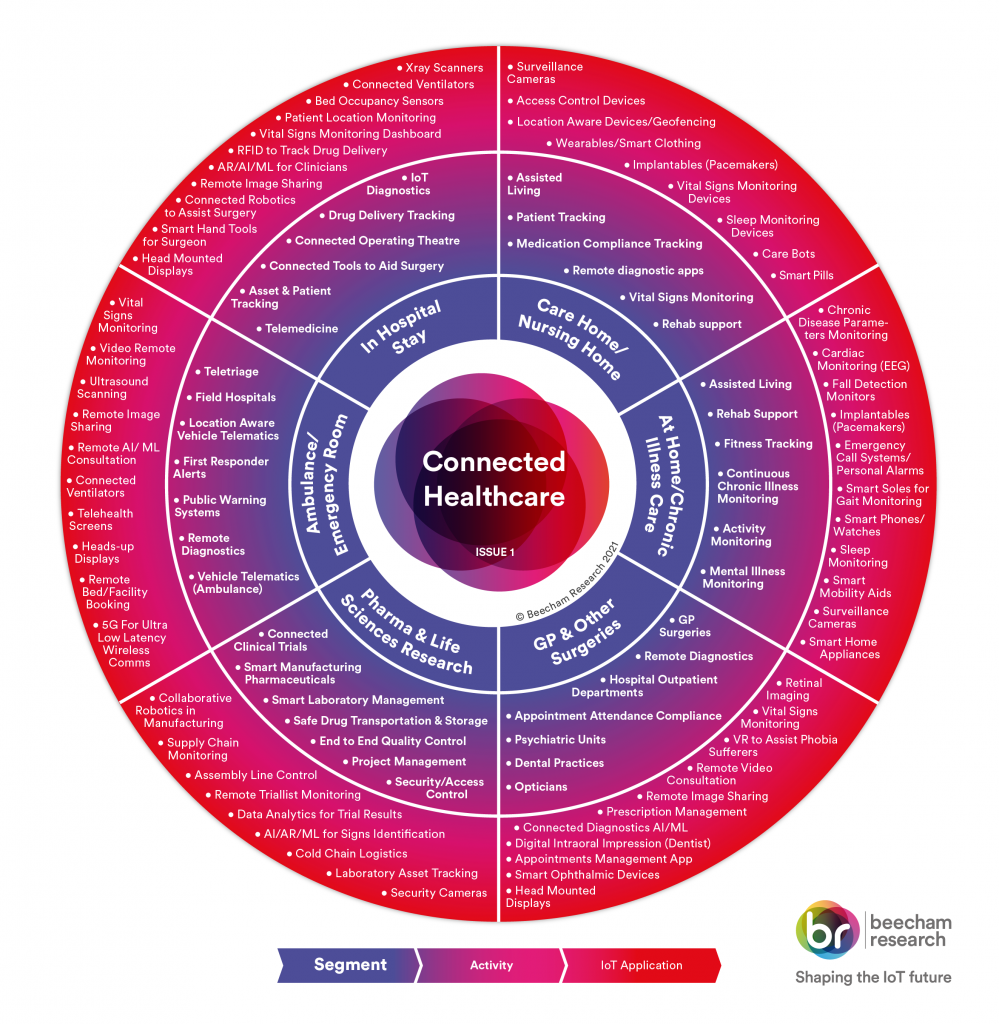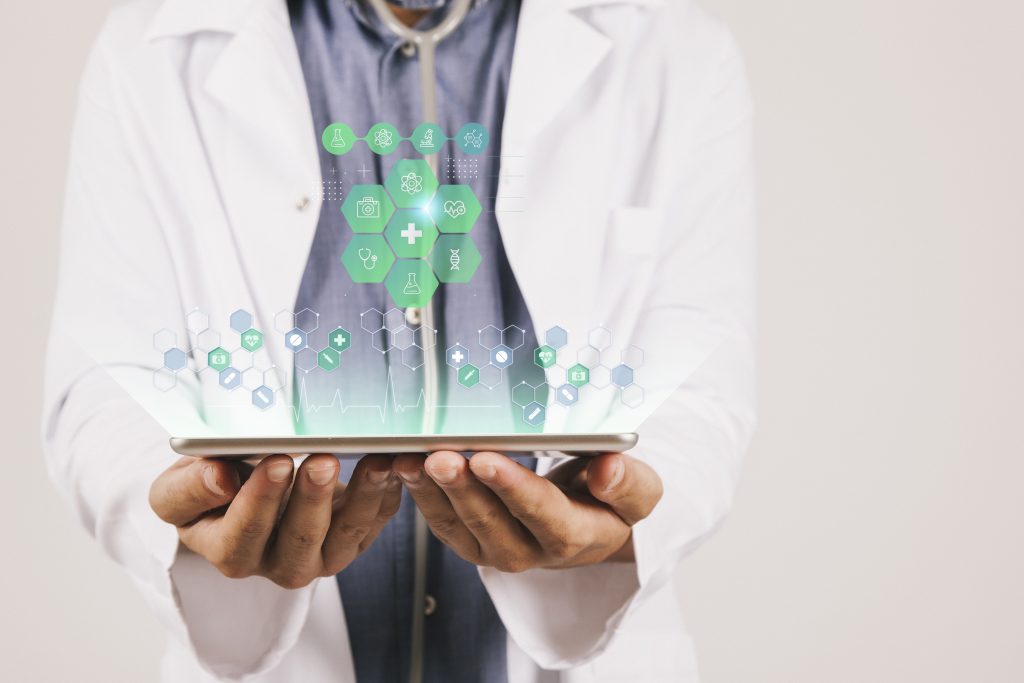In the healthcare industry, medical equipment and medical IoT have become an important part of treatment. More and more connected devices are not only changing patient care but also improving medical intelligence. With the help of technical innovation, medical devices are not only reducing operational costs but also providing a promising path for improving health outcomes for billions around the globe.
What is IoT in healthcare?
IoT in healthcare is the network of connected medical devices and apps that collect, send and receive data. This includes devices that are worn, such as fitness trackers, and others that are complex in-hospital machines collecting data on patients’ vital signs. IoT enables these devices to communicate with one another and share this data, improving the ability of doctors, nurses or family members to deliver effective care in a timely manner.
Benefits of IoT in medical equipment
The integration of IoT in medical equipment presents numerous benefits that significantly enhance healthcare delivery and patient outcomes:
- Better patient monitoring: IoT devices provide continuous real-time monitoring of patients both in the hospital and from home. Patients can have wearable or implantable devices to measure important health markers such as blood glucose and heart rate. Alarms can be sounded to both the patient and caregivers or hospital personnel if key vital signs reach critical ranges to enable quick response and intervention.
- Better treatment results: Physicians with real-time data make better decisions. IoT devices are collecting and analysing enough health information to allow treatment to be tailored to individual patients. This can result in better outcomes.
- Improved operational efficiencies: IoT helps administrators to operate a hospital more effectively for economic and time-saving gains, for instance. Tracking of medical instruments with IoT sensors used in monitoring will reduce waste by making sure the medicine is not spoiled and reducing the chance of it being misplaced or unavailable where needed.
- Remote patient management: IoT helps to enable telehealth services, whereby patients can be taken care of in their own home, which is valuable for patients with chronic disease and for those residing in remote areas.

Challenges and considerations
While IoT in healthcare offers significant benefits, there are also challenges to consider:
- Data security and privacy
- Interoperability
- Regulatory compliance
- Cost
Cost and data privacy are among the first things that come to mind with regard to IoT in healthcare. Data security is a major concern, as healthcare devices collect and transmit sensitive patient data that makes them prime targets for attack if the right protective measures are not taken and data protocols are not respected.
Another major issue is related to the interoperability of healthcare devices. If the devices used by healthcare providers are not built to speak the same language, they will not come together so easily. The data simply won’t flow freely, impacting not only patient care but also operational efficiency and profitability.
Then, there is regulatory compliance to think about, as healthcare IoT needs to adhere to standards to meet life-threatening situations safely and effectively. We should also consider another significant technological hurdle – not all patients are capable of using the latest technology, which potentially increases the healthcare gap.

Future prospects
The future of IoT in healthcare looks promising. Advancements in AI and machine learning are set to further enhance the capabilities of IoT devices. Research from 2023 by Juniper Research predicts that 115 million patients will use remote patient monitoring by 2027. That’s 67% more than the 75 million in early 2023.
IoT is influencing all kinds of industries, so it was only a matter of time for it to also make a meaningful change within the medical field. It offers solutions that, ultimately, can save lives and improve the care of patients all over the world with the power of connectivity. This change is only going to increase. In the years to come, we can look forward to advancements and devices that will completely reshape the way hospitals and day-to-day health monitoring will work.
To ensure that this evolution is beneficial to all, it is paramount that healthcare providers and technology developers continue to work together to overcome hurdles and maximise the potential of IoT healthcare.
Comment on this article via X: @IoTNow_











